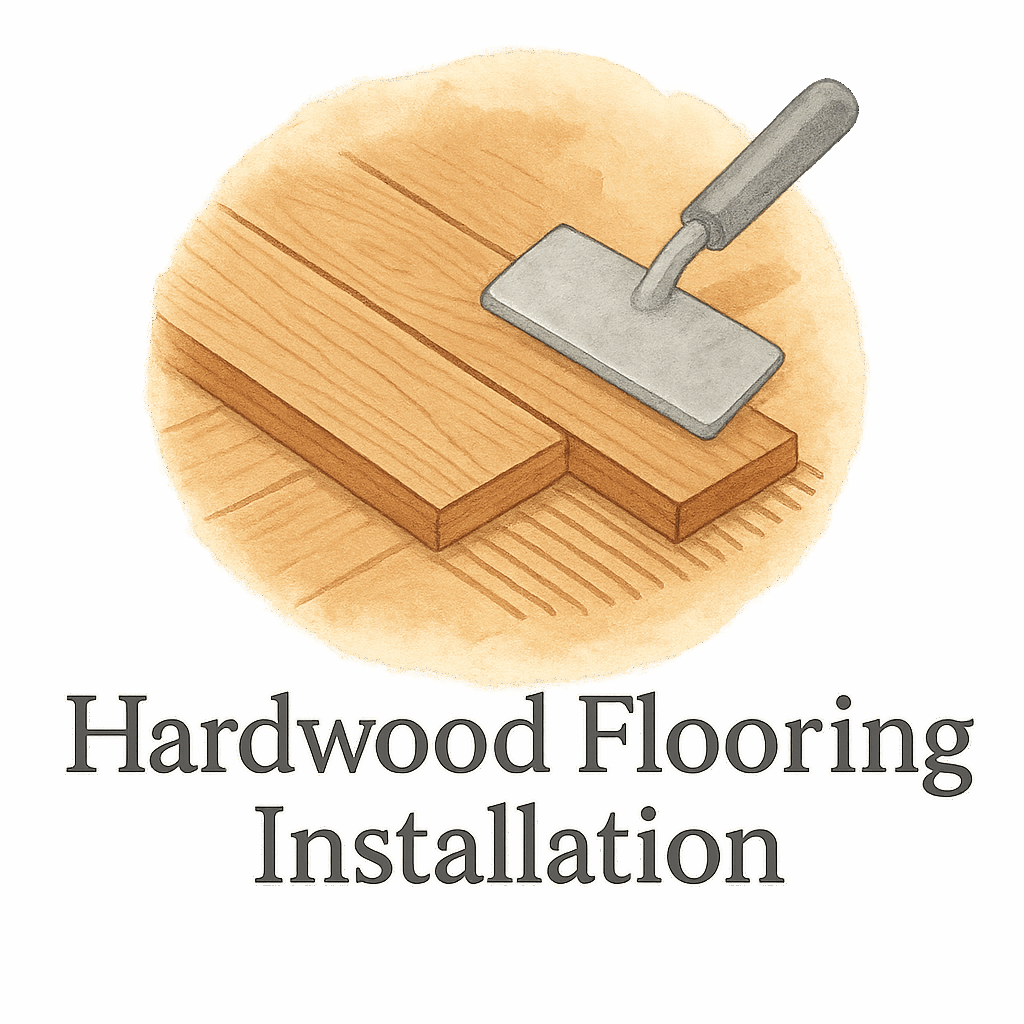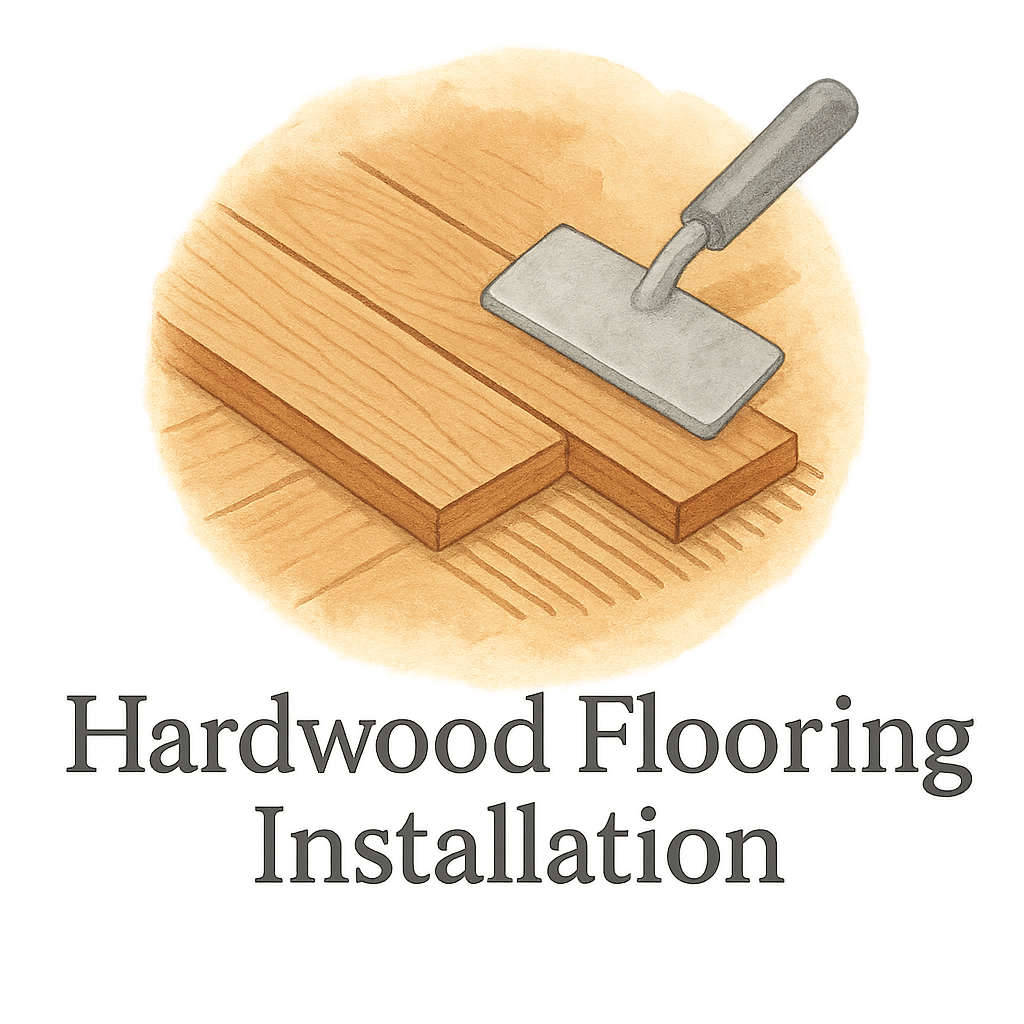Moisture. It’s one of the sneakiest culprits behind ruined hardwood floors. Before you start hammering and gluing, you absolutely need to run a moisture test. But how do you do that right? Let’s walk through eight expert-backed tips to help you test for moisture before installing your hardwood flooring.
Why Moisture Testing Is a Big Deal
You wouldn’t paint over a wet wall, right? So why lay hardwood flooring without checking moisture levels first? Moisture can wreak havoc on your hardwood investment—causing warping, buckling, and even full-blown floor failure.
That’s why flooring preparation is one of the most critical steps in any successful flooring job. You’re not just prepping the surface—you’re prepping for longevity.
The Science Behind Wood and Moisture
Why Wood Expands and Contracts
Wood is hygroscopic. That means it soaks up and releases moisture based on the environment. Think of it like a sponge—during humid seasons, it swells; in dry seasons, it shrinks.
Effects of Improper Moisture Levels
Too much moisture can cause your flooring to buckle. Too little, and it might gap or crack. Both scenarios can mean tearing out boards and starting over—a costly and time-consuming mistake.
Tip #1: Use the Right Moisture Meter
Not all moisture meters are created equal. If you’re still using an outdated tool or winging it, it’s time to upgrade.
Pin vs. Pinless Meters
- Pin Meters: Use two metal prongs to penetrate the material and measure resistance.
- Pinless Meters: Use electromagnetic signals to gauge moisture without leaving marks.
Both are accurate, but pinless is generally better for finished surfaces.
Recommended Brands
Some trusted options include Wagner, Delmhorst, and Protimeter. These are staples in the best flooring installation tools toolbox.
Tip #2: Test the Subfloor and Hardwood Separately
Don’t just test the wood planks. Your subfloor plays a massive role in moisture transfer.
How to Properly Test Each Surface
- For concrete subfloors, use a calcium chloride test or RH probe.
- For wood subfloors, use a pin-type meter at various depths.
- For hardwood planks, test several boards from different bundles.
Check that the difference in moisture content between hardwood and subfloor is no more than 2-4%.
This is emphasized in our DIY flooring installation guide where testing is crucial for amateurs and pros alike.
Tip #3: Follow the Manufacturer’s Guidelines
Each hardwood brand has its own tolerances. Ignoring their moisture requirements can void your warranty.
What Happens If You Skip This Step
- You could face cupping or crowning of boards.
- Warranty claims may be denied due to “improper prep.”
- Your clients—or your wallet—could take the hit.
Bookmark this flooring maintenance and repair page to prepare for worst-case scenarios.

Tip #4: Take Multiple Readings Across the Room
Moisture isn’t always evenly distributed. One corner might be bone dry while another is saturated.
Avoiding False Readings
- Take at least 20 readings in a 1000 sq ft room.
- Check near walls, vents, and windows.
- Average your results for a more accurate picture.
This ties into solid flooring layout planning. Knowing where moisture hotspots are can inform how and where to start laying your planks.
Tip #5: Consider Seasonal Moisture Variations
Climate matters. Your home’s humidity swings wildly from summer to winter.
Adjusting for Humidity Changes
- In humid areas, allow wood to acclimate longer.
- In dry climates, consider humidifiers post-install.
- Use seasonal averages to plan your install time.
Check out the flooring cost and time estimation guide to factor in these seasonal delays.
Tip #6: Use Hygrometers for Ambient Room Conditions
Testing the wood isn’t enough. You also need to test the air.
Humidity and Temperature Monitoring
- Ideal RH for hardwood is between 30-50%.
- Room temp should stay around 60-80°F.
- Place hygrometers in various parts of the room for accuracy.
Use this data along with your moisture meter readings for complete confidence.
Tip #7: Let the Wood Acclimate
Hardwood needs time to adjust to its new environment. Skipping this is like jumping into a cold pool without testing the water.
How Long Is Long Enough?
- 5 to 14 days is the sweet spot.
- Lay boxes flat in the room they’ll be installed in.
- Don’t store them in basements or garages!
Proper acclimation is one of the most repeated tips in our home improvement articles.
Tip #8: Document Everything
When problems arise (and sometimes they do), a paper trail is your best friend.
Why Documentation Protects You
- Snap photos of meter readings.
- Log RH and temperature daily.
- Save receipts and test results.
This helps during disputes, insurance claims, or warranty verifications. Don’t overlook this simple yet powerful step.
Common Moisture Testing Mistakes to Avoid
Top 3 Mistakes Installers Make
- Only testing the hardwood – ignoring the subfloor is asking for trouble.
- Using the wrong meter – pin meters on concrete, really?
- Not acclimating long enough – patience is your best friend here.
Avoid these, and you’ll save yourself from costly flooring repair jobs.
Tools and Resources for Moisture Testing
Where to Get Tools and Guides
- Visit our guide on flooring tools and materials.
- Explore our tags on DIY, prep, and tips.
- Need inspiration? Our best practices library is growing every week.
Conclusion
Hardwood flooring is a beautiful, durable investment—if it’s installed correctly. And it all starts with moisture testing. These eight tips will save you from disaster, protect your flooring, and make you look like a pro, whether you’re a weekend warrior or a full-time contractor.
Remember, great floors aren’t just installed—they’re planned, tested, and prepped to perfection. So, grab that meter, test those subfloors, and don’t skip a single step. Your future self (and your floors) will thank you.
FAQs
1. How do I know if my subfloor is too moist?
Use a moisture meter. If the subfloor is over 12% moisture content, it’s too wet for hardwood.
2. Can I install hardwood flooring in a humid climate?
Yes, but make sure you acclimate the wood longer and monitor room humidity closely.
3. What’s the best moisture meter for beginners?
Pinless meters like the Wagner MMC220 are user-friendly and ideal for hardwood.
4. Is moisture testing necessary for engineered hardwood?
Yes! While more stable, engineered hardwood still reacts to moisture—just more slowly.
5. Can I skip acclimation if my hardwood was in the warehouse for months?
Nope! Acclimation must happen in the exact room where it’ll be installed.
6. How long does a typical moisture test take?
Less than 30 minutes for a standard room, but always take multiple readings.
7. Where can I learn more about flooring prep and install?
Explore our flooring preparation guide and DIY installation tips.


